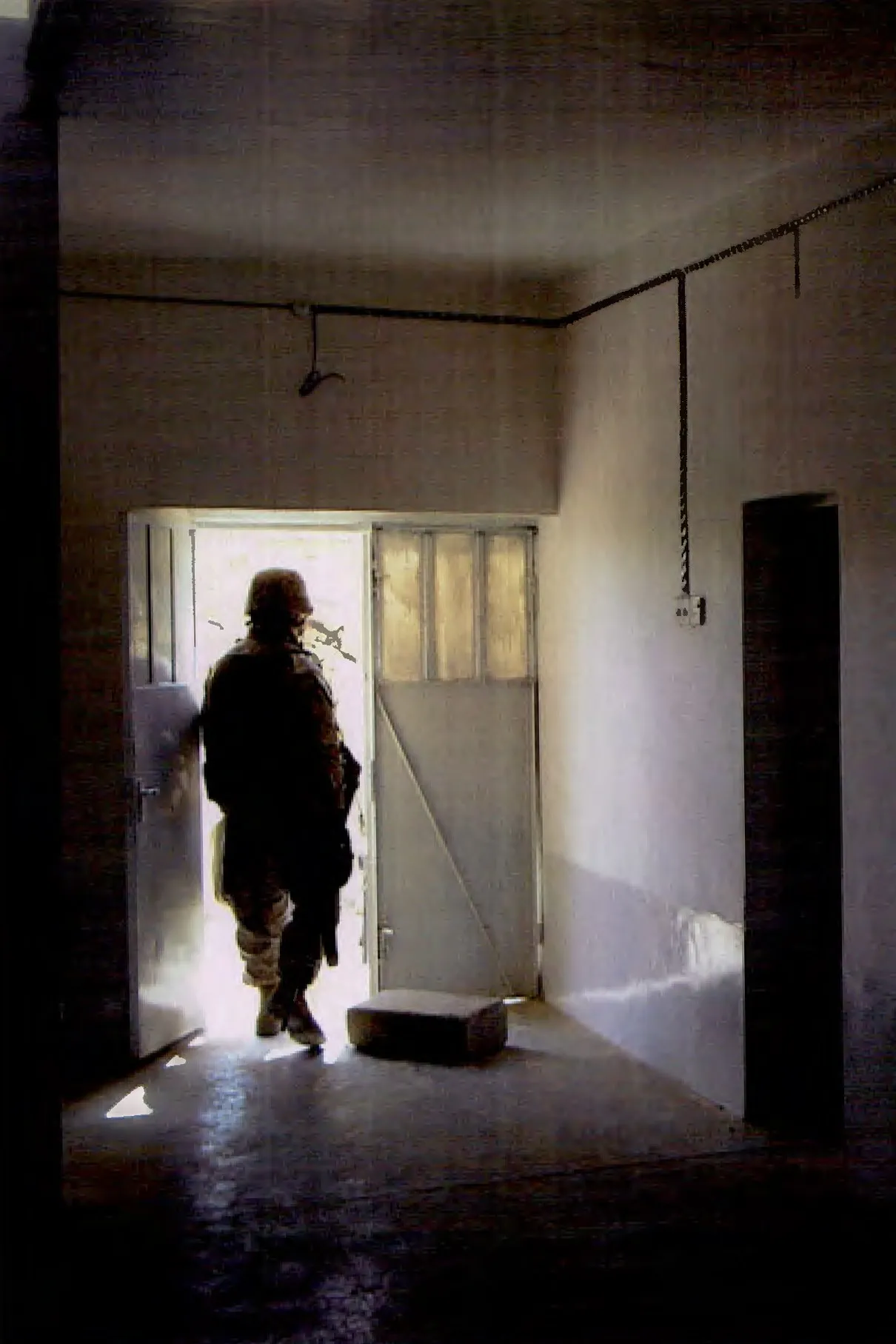The Haditha Massacre and the Hidden Truth Behind the U.S. Military

Details of the Haditha Massacre
On November 19, 2005, U.S. Marines killed twenty-four Iraqi men, women, and children after an explosion targeted their convoy. The youngest victim was just three years old, while the oldest was seventy-six. The Marines justified their actions by claiming they were combatting insurgents, yet it later became evident that these were innocent civilians.
Documenting the Atrocities
After the killings, Lance Corporals Ryan Briones and Andrew Wright documented the aftermath using a digital camera and a Sharpie marker to mark bodies. Although some images surfaced, the bulk remains unseen, safeguarded by the military.
The Long Road to Justice
Despite charges against several Marines, the legal outcomes diminished over time, reflecting a harsh reality where accountability for such war crimes often fades into obscurity. General James Mattis even supported the Marines involved, highlighting systemic issues within military justice.
Seeking Answers
In 2020, a team pursued the release of the withheld photos through legal channels, pushing back against the military’s argument of protecting family members from further pain. This collaboration between journalists and surviving family members aims to expose the truth behind the Haditha massacre.
- The overwhelming evidence of civilian deaths.
- Systemic failures in military accountability.
- Importance of transparency and truth-telling.
This article was prepared using information from open sources in accordance with the principles of Ethical Policy. The editorial team is not responsible for absolute accuracy, as it relies on data from the sources referenced.